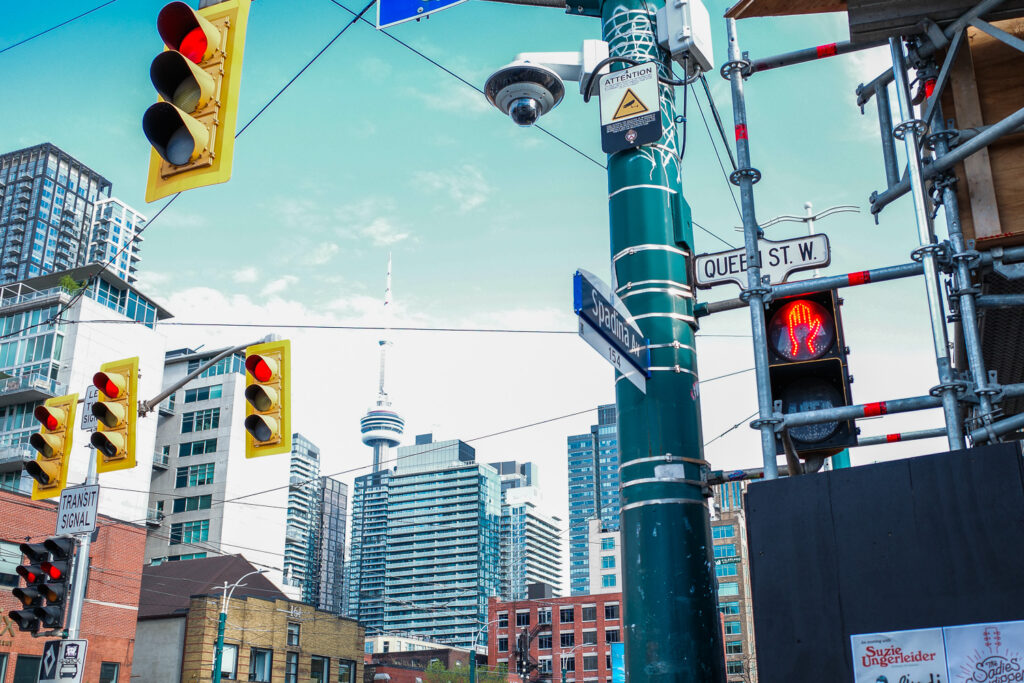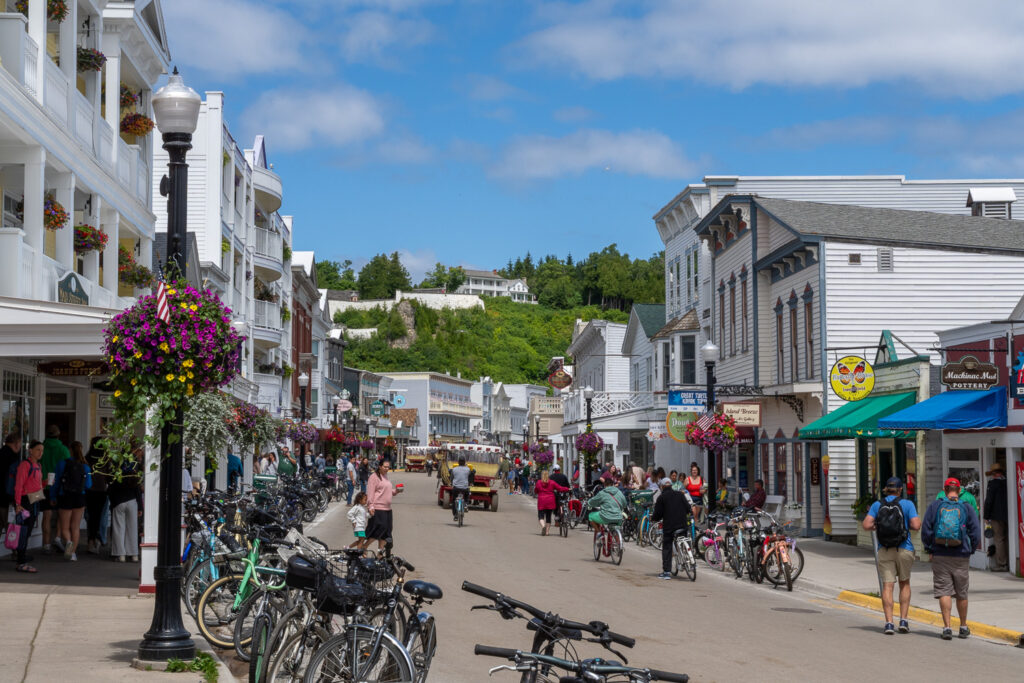I’ve spent most of my life in Michigan, the state I keep ending up in, and Western New York, where I grew up. Since I first left to attend U-M in 2010, I’ve traveled between Michigan and my little hometown near Buffalo dozens of times, always crossing the abyssal plain of Southern Ontario to save a few hours (and to avoid Ohio). Through these trips, I’ve watched that part of Canada change and develop over time.
Canada isn’t Canadian anymore. It’s been replaced.
Many Americans have fond memories, or at least associations, with Canada. Our friendly neighbors to the north, known for saying “eh,” being very polite, making maple syrup, putting gravy on French fries, playing hockey, those sorts of things.
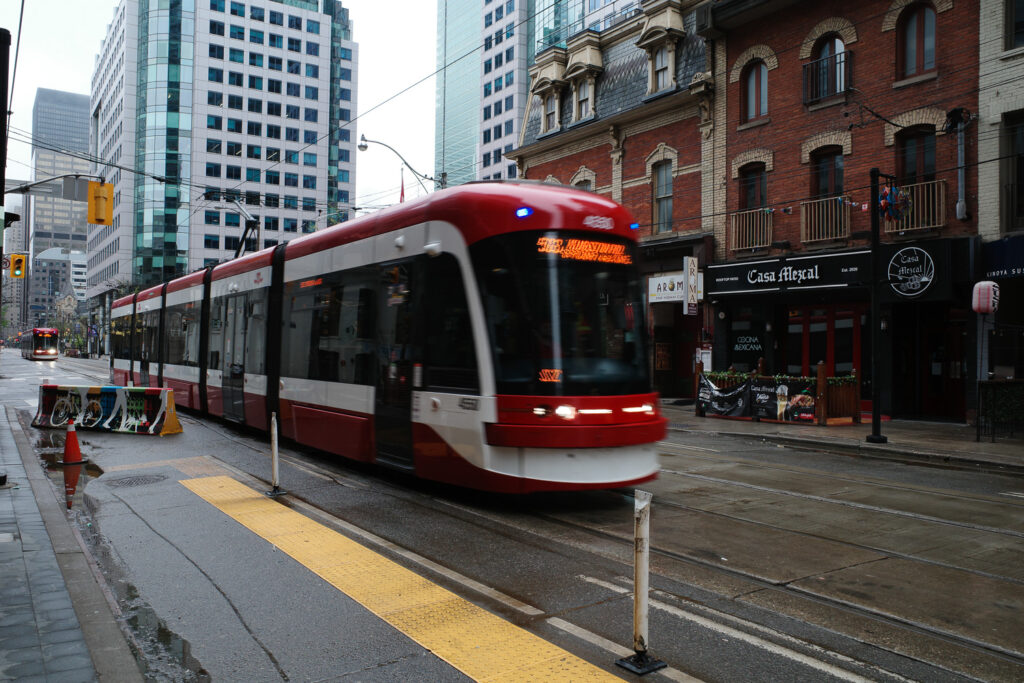
Growing up, my family went to beaches in Canada along the shore of Lake Erie. Plaintive, lackadaisical summers. Not much was different there, except for milk in plastic bags and funny candy at the beachside convenience store. Canada always seemed to me a peaceful, friendly place.
The new Canada is unrecognizable in many ways. Windmills, for one, now dot the landscape. The entire sky across Southern Ontario is filled with them. Tremendous eyesores, regardless of your thoughts on energy policy.

Some changes are controversial to even notice or discuss, especially for Canadians. Presented without judgment, a simple observation—Canada has changed racially, ethnically, and culturally to a massive degree in the last decade due to immigration.
Every one of these trips, I stop at a large rest stop with a few fast food restaurants and big bathrooms so I don’t need to get off the highway.
The Tim Hortons used to be staffed by white Canadians. Anglo-Canadians, we’ll call them. Your typical Canadians descended from the old British Loyalists who settled that land. Perhaps it wasn’t always so monolithic as that, but that was how it seemed. Like Canada was populated by, well, Canadians.
Stop at that same rest stop now, and the Tim Hortons is entirely staffed by Indian migrant laborers. Every restaurant there is, in fact. The crowd on a typical summer day speaks foreign languages more than English, a strong mix of Hindi, Arabic, a little Mandarin. Anglo-Canadians feel, at these rural Southern Ontario rest stops, very much like a minority group.
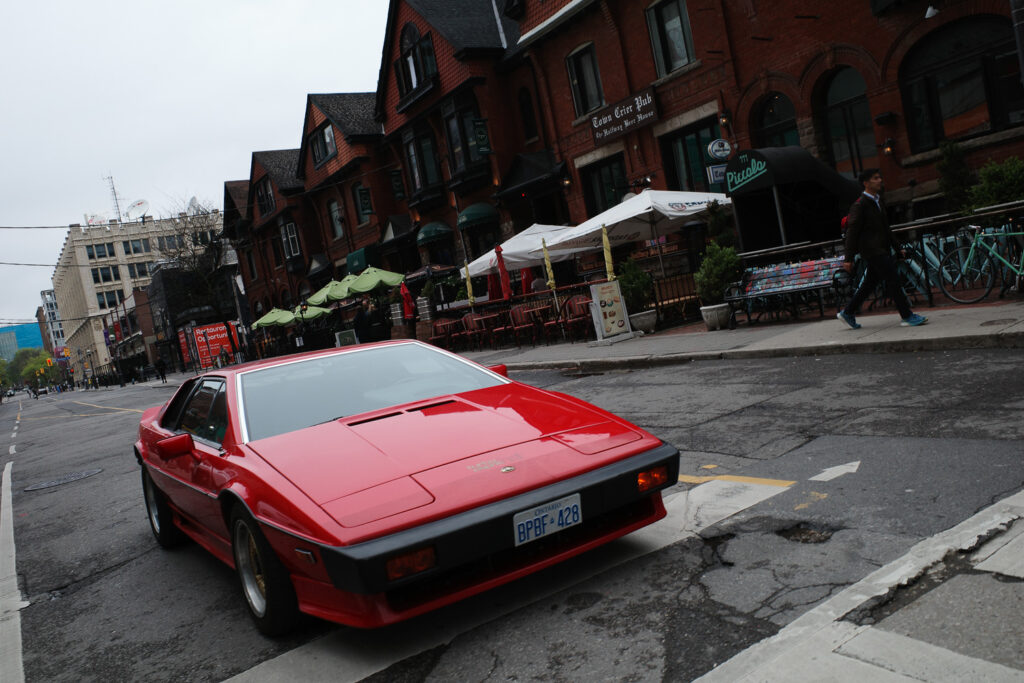
The social stratification of new migrants to Canada is glaring when you really start to see it, and very distinct from the U.S. Indian migrants to Canada form a sort of laborer class, staffing fast food restaurants and the like. In Windsor, crowds of Indian Doordash drivers chattered in Hindi, waiting to pick up deliveries inside the restaurant I dined in.
They’re different than the Indian coders who emigrate to the U.S. on H1-B visa and staff the cubicles of Silicon Valley. Canada brought them here to work the service industry jobs, and they’ve largely replaced Anglo-Canadians there.
Someone needs to warn them, these poor devils. Canada is freezing cold, don’t they know? Surely coming all the way here to drive DoorDash or work a fryer in a Popeye’s Chicken isn’t a better fate than staying home with family in sunny India.
Sure enough, Indian migrants to Canada are starting to say exactly this. A post recently went viral on Indian Reddit bemoaning Canada’s extreme cost of living, poor working conditions, and social isolation.
Visit Toronto, and you’ll find a city more reminiscent of Shanghai than anything Canadian. Aristocratic-looking Chinese people walking everywhere, head to toe in designer fits. Lots of money, fast cars, expensive fashions. It feels like the city in Blade Runner: digital advertisements everywhere, increasingly more in Mandarin than English.
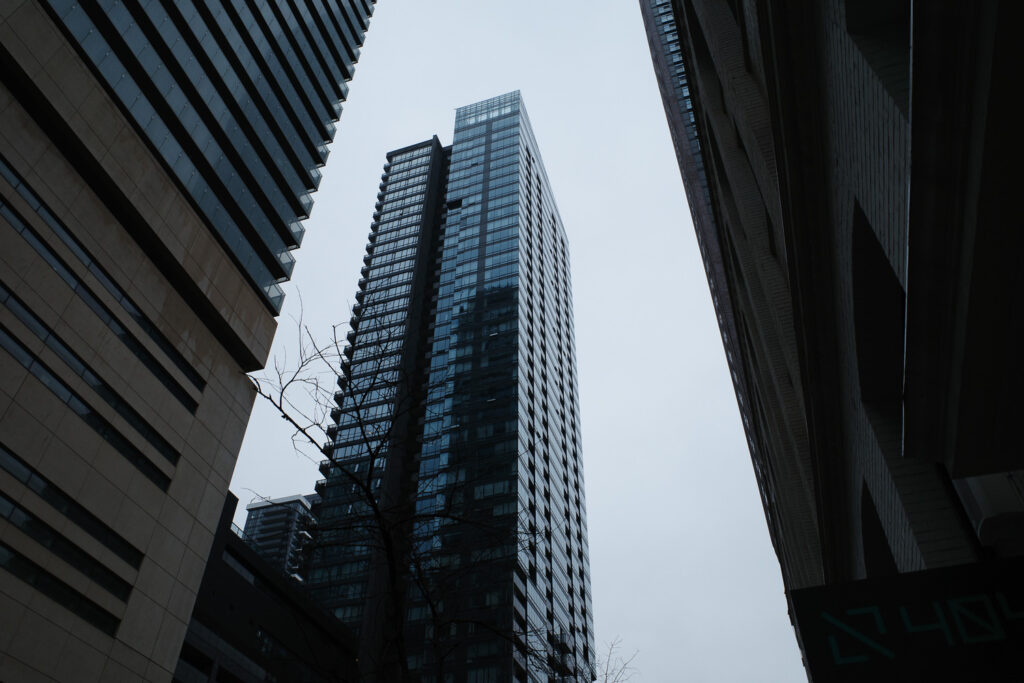
Chinese immigrants to Canada seem more affluent, coming from money to begin with, whether they work here or not. Likely, they’re not really immigrants at all. Just rich Chinese kids spending daddy’s money in the West, buying condos for investments and such.
Foreigners, Chinese investors in particular, were buying so much residential real estate in Canada that the government finally had to end the practice. Foreign property buyers were banned outright in 2023, with Canada recently extending the ban until 2027. No more Chinese buyers driving up condo prices, but no more Americans buying beach houses either.
Perhaps the Canadian government realized then that it’d gone too far with immigration, with foreign investment, with selling the country out to anyone who wanted a piece.
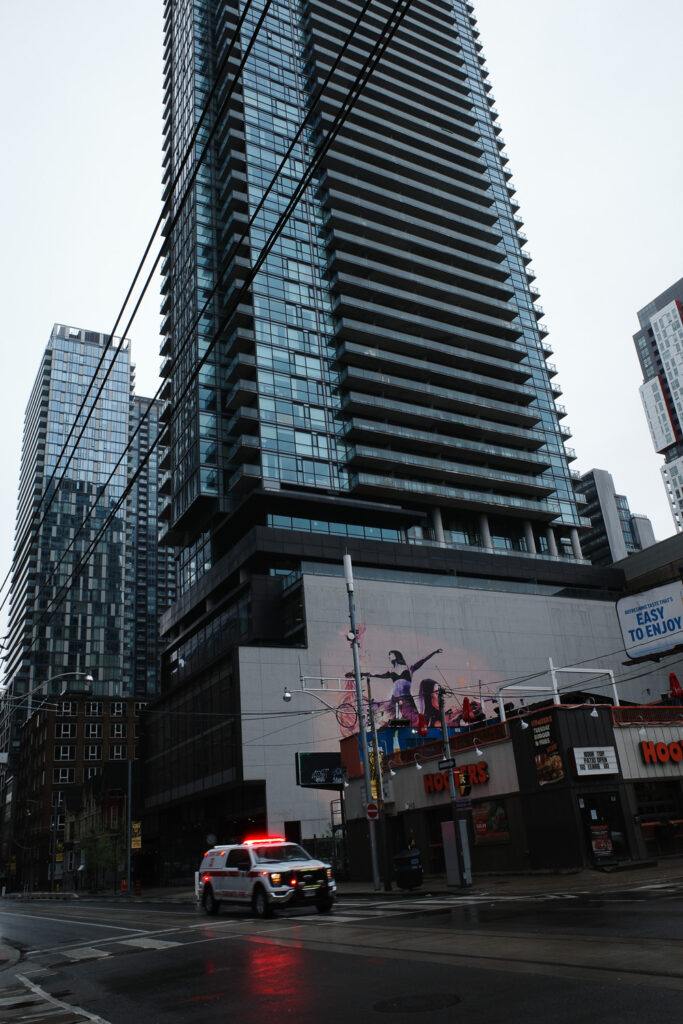
Too late. When Justin Trudeau proclaimed Canada to be the world’s first “post-national state” a few years back, he was right. Keep that in mind when you hear Canadian politicians waxing patriotic about their country’s resistance to Trump.
Canadian patriotism doesn’t really exist like that anymore. It’s been supplanted, replaced, as a matter of deliberate policy. Where it remains, those Canadians are more likely to support joining the U.S. than remaining subject to the whims of their own government any longer.
Remember the truckers who locked down Ottawa, protesting Canada’s Covid restrictions? Where do you think they stand on this matter? With a government that despises them or the Americans who want to save them?
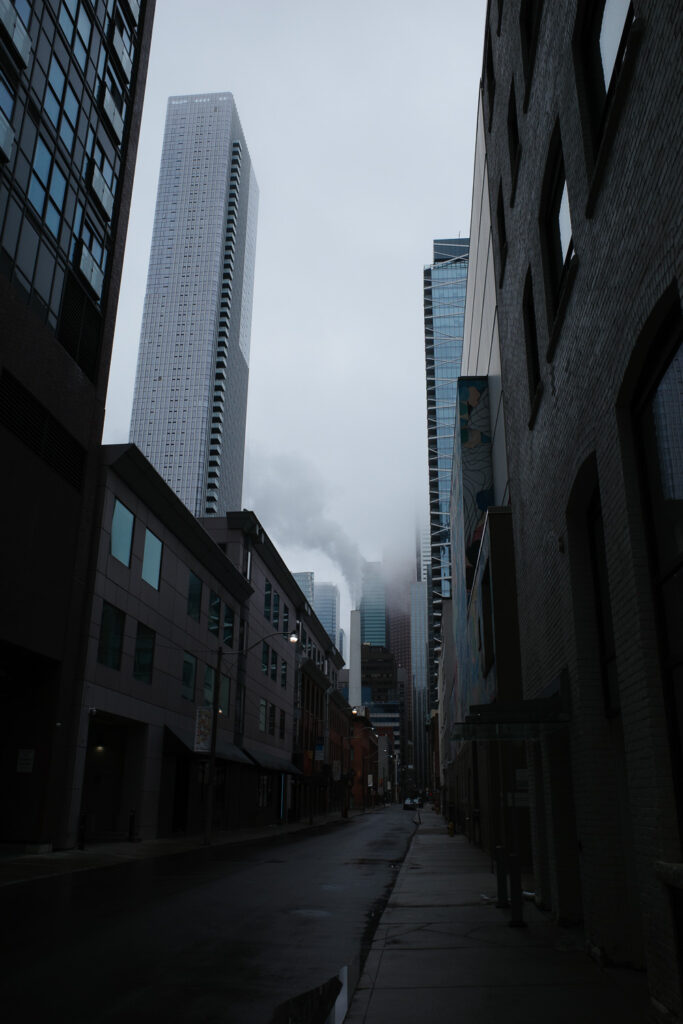
Trudeau said his nation is no longer a nation, just an economic zone, but now he’s talking tough and waving the Maple Leaf flag (as is his new replacement). All the while the Canadian dollar keeps plummeting, and native-born Canadians can’t land at Tim Hortons if they tried.
Trump’s desire to finally integrate Canada with the U.S. isn’t some far fetched, delusional dream. It’s a real reflection of the dire situation Canada finds itself in, culturally, politically, demographically, and financially more vulnerable than it ever has been before.
Americans aren’t really aware of how bad things have gotten up there. We don’t really think about Canada all that much, and when we do think of it, we think of nostalgic memories of a Canada that no longer exists.
Talk to Canadians, heritage Canadians, and they’ll tell you things are desperate. They feel replaced, one way or another, by immigration, by the insane cost of living, by the dour mood of hopelessness.
Canada isn’t Canadian anymore, so it might as well become American. Maybe even part of Michigan. Southern Ontario can be our new Eastern Peninsula. We’re neighbors, after all. Their best chance of a future stands with us.
Bobby Mars is art director of Michigan Enjoyer. Follow him on X @bobby_on_mars.
